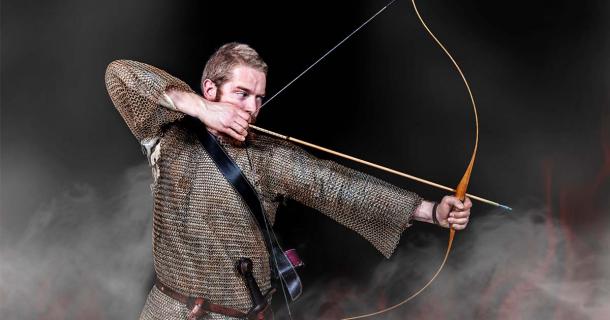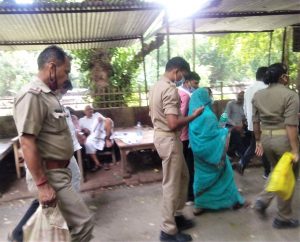What does an archer do when there are no more arrows left to fire? Is his job for the day done? In the realm of medieval warfare, after the arrows had been launched, the life of a bowman took a new course. The transition from the ranged prowess of archery to close combat demanded strategic adaptation. Amidst the fields, where honor and loyalty were deeply ingrained, there was no chaotic rush. Rather, a calculated advance was orchestrated. Under the colors of their officer’s banner, these men, garbed lightly for agility, moved with precision. Nimble and armed with an array of weapons, they confronted the enemy as a disciplined unit.
Not the haphazard mob, but a symphony of purposeful strikes. The bowmen, whose marksmanship was known far and wide, bore more than bows – they wielded daggers, hammers, and even modified tools from past battles. As they fought side by side, they embodied the motto: “Have faith. Keep Faith. First with the man next to you and then with God.” Their unity was their strength, their camaraderie a testament to the bonds forged on training grounds and shared adversities. In those moments, the transition from archery to hand-to-hand combat showcased the mettle of these medieval warriors, revealing a chapter of history marked by cohesion and valor.
Related posts:
Views: 0
 RSS Feed
RSS Feed

















 September 8th, 2023
September 8th, 2023  Awake Goy
Awake Goy 






 Posted in
Posted in  Tags:
Tags: 
















